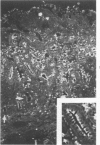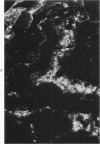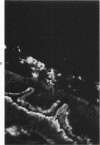Abstract
Secretory immunoglobulins are found in nongoblet columnar cells of normal intestinal epithelium. These molecules consist of a secretory component portion, which is synthesized in the columnar cells, and an immunoglobulin portion which enters the columnar cells from plasma cells in the adjacent lamina propria. In the present work, the synthesis and transport of these various subunits have been studied by immunofluorescence in benign polyps and cancers of the colon. In both the epithelium and plasma cells of benign and malignant tumors, as well as in normal tissue, IgA is the principal immunoglobulin, followed by IgM. However, when compared to normal tissue, neoplastic epithelium contains less immunoglobulin and also less secretory component; the decrement usually inversely parallels the degree of differentiation. Thus, benign polyps closely resemble normal colonic mucosa in so far as the secretory immunoglobulin system is concerned. In contrast, atypical areas of benign polyps and carcinomas exhibit greatly decreased or absent synthesis and transport of secretory IgA. Plasma cells tend to be markedly decreased in the stroma of carcinomas, suggestive of an alteration in the normal mechanism for attracting the circulating precursors of local IgA plasma cells. Whenever neoplastic epithelium contained IgA, plasma cells with IgA could be observed in the vicinity; this is in keeping with the concept of local synthesis of secretory IgA. In some instances in which local plasma cells were plentiful, neoplastic cells were deficient in secretory component and IgA, which suggested impairment of the mechanisms for transporting IgA across epithelium. The possible role of secretory component in such transport and in attracting lymphoblasts to mucous membranes is dicussed.
Full text
PDF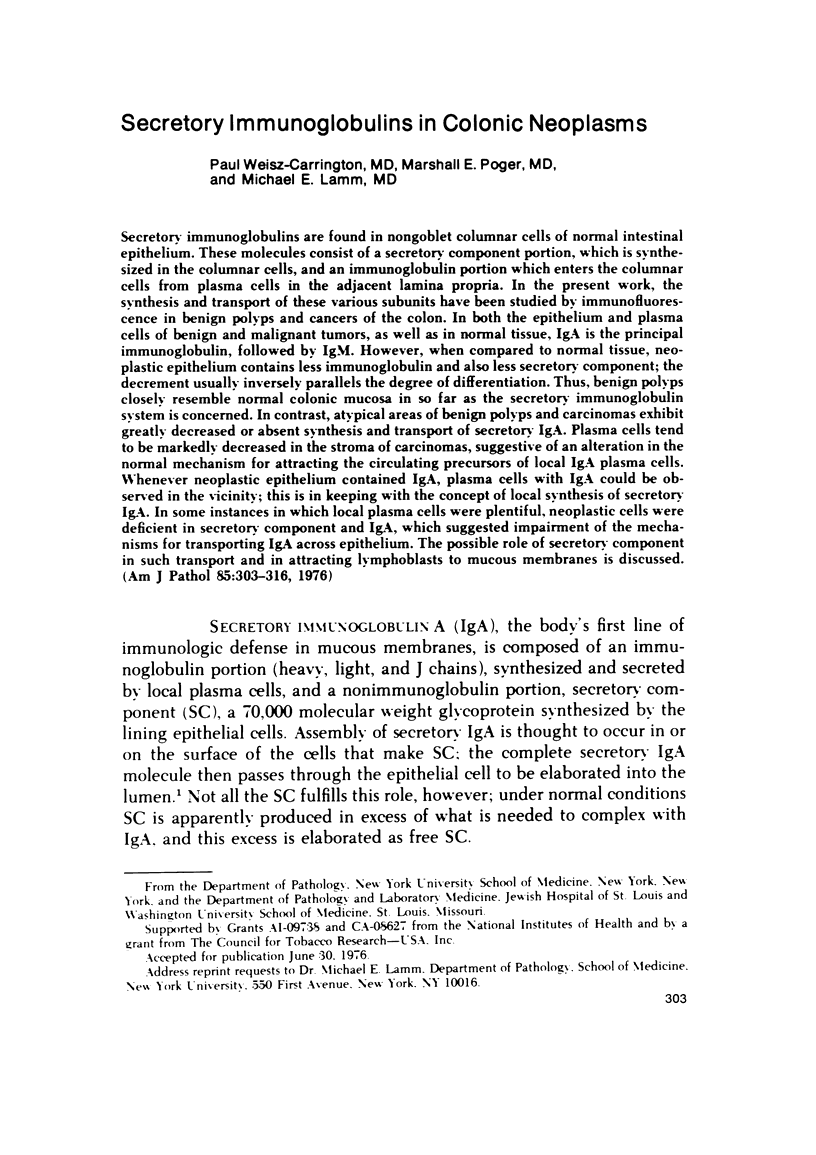
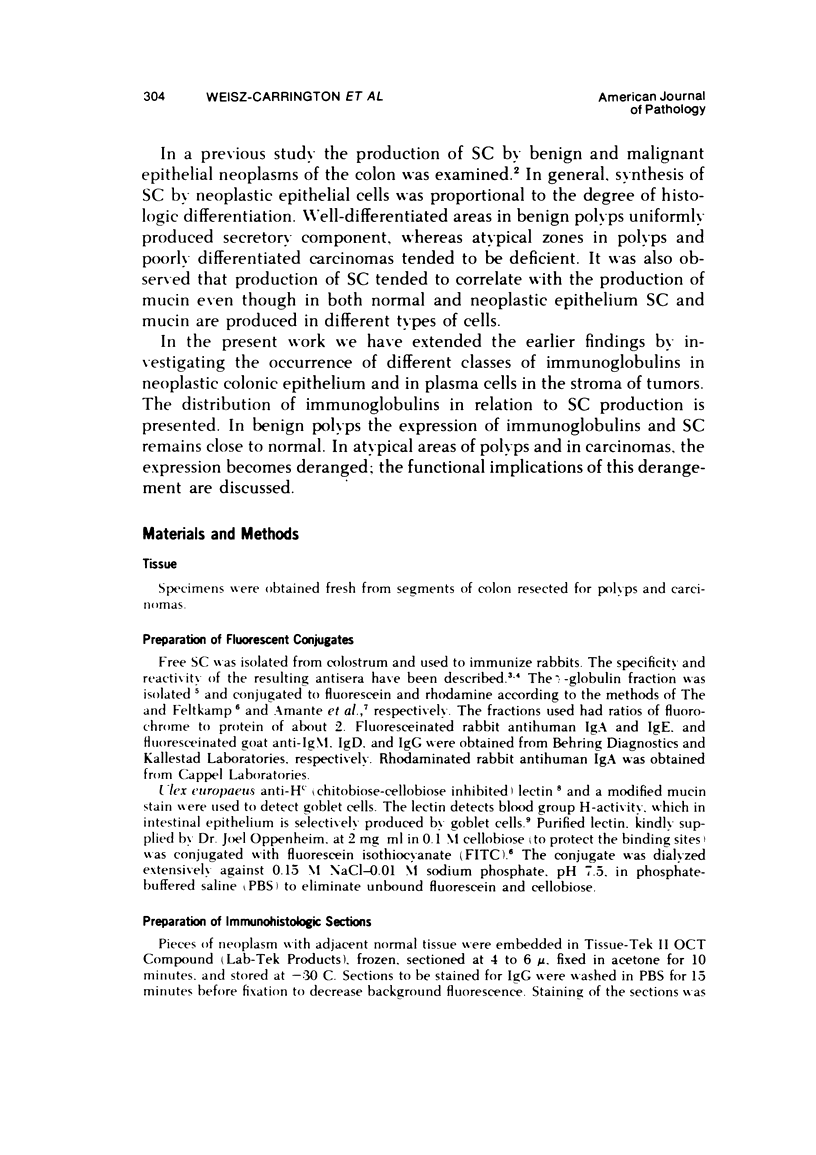
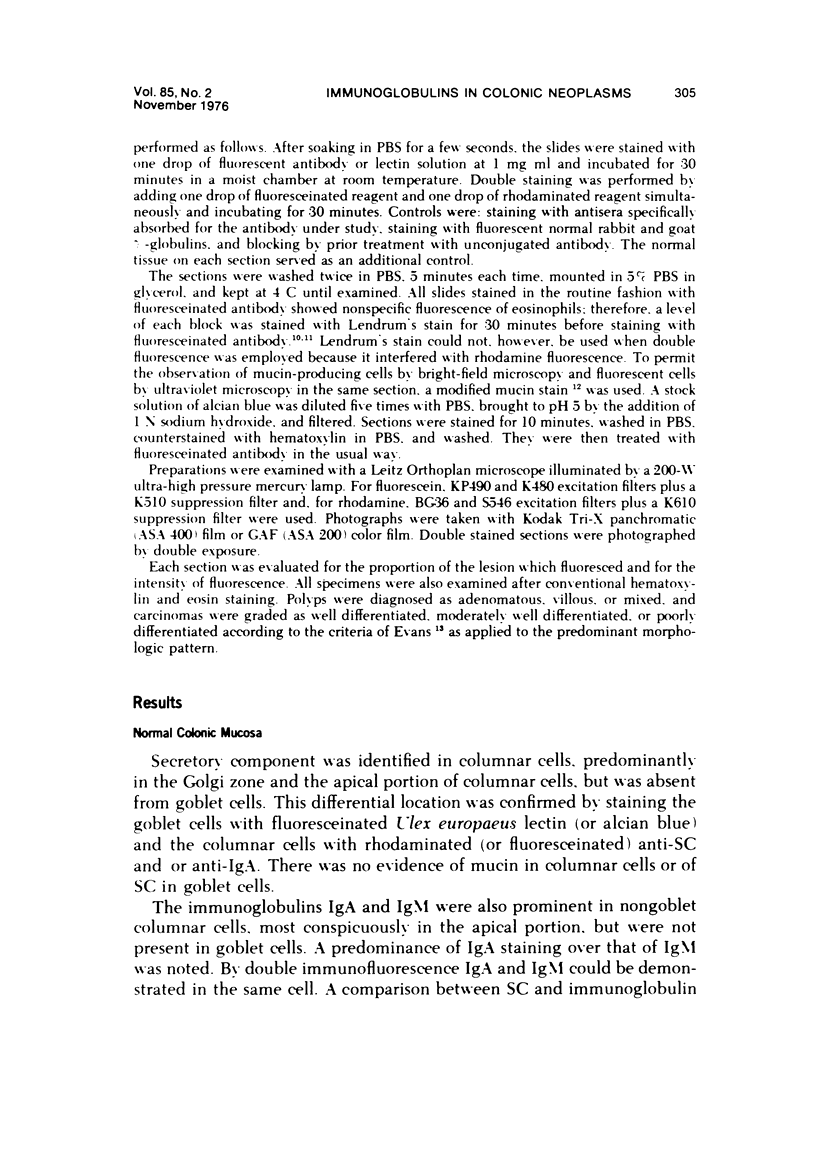
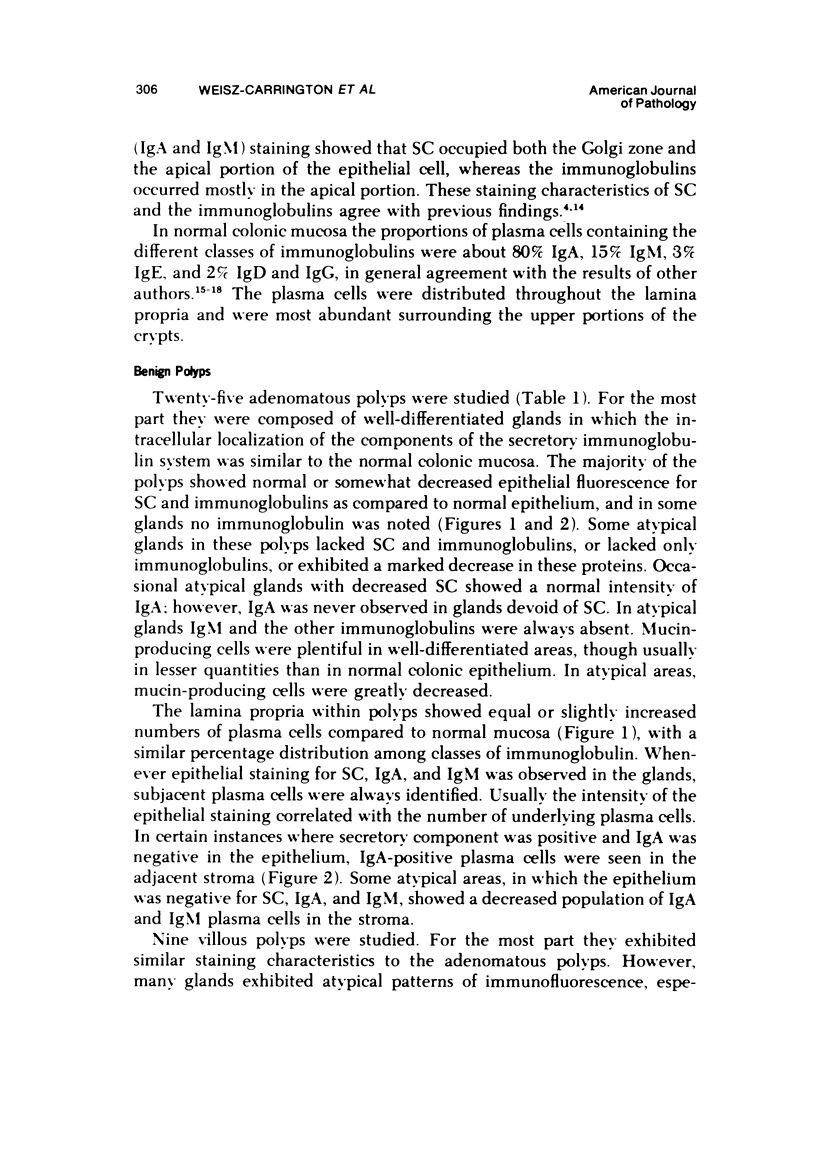
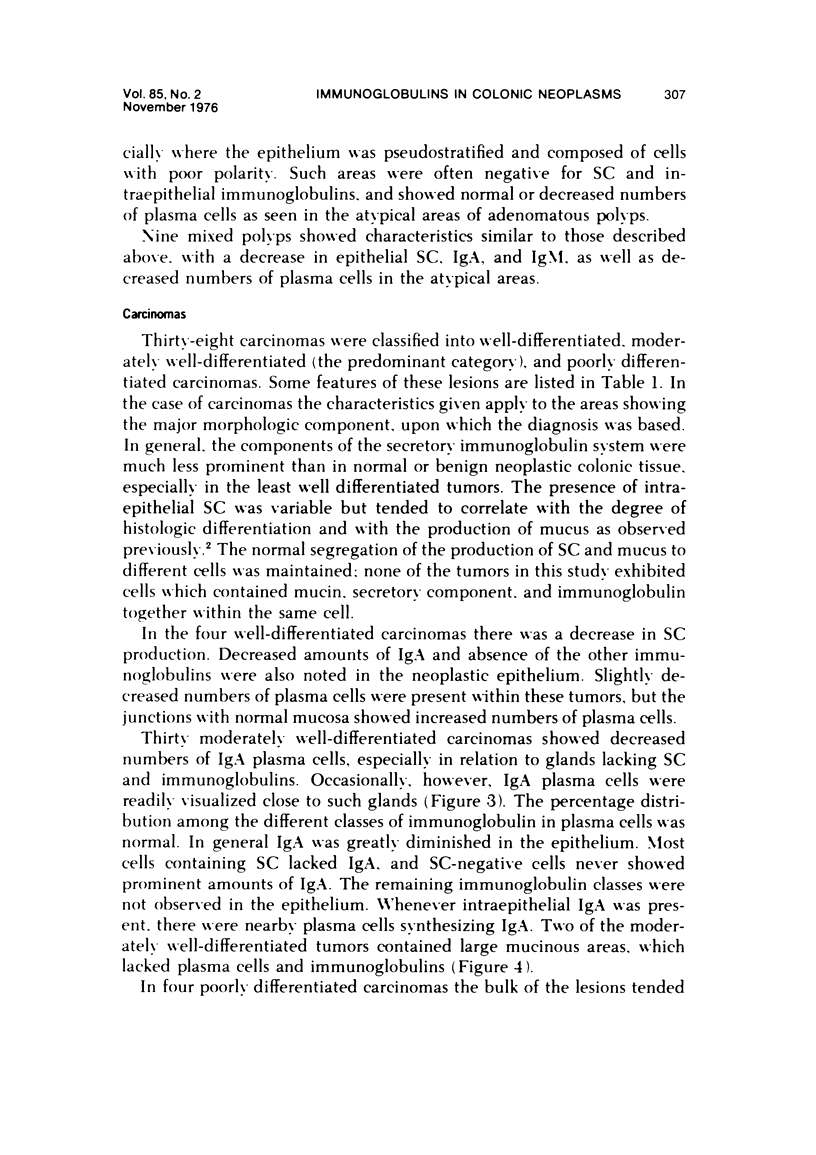
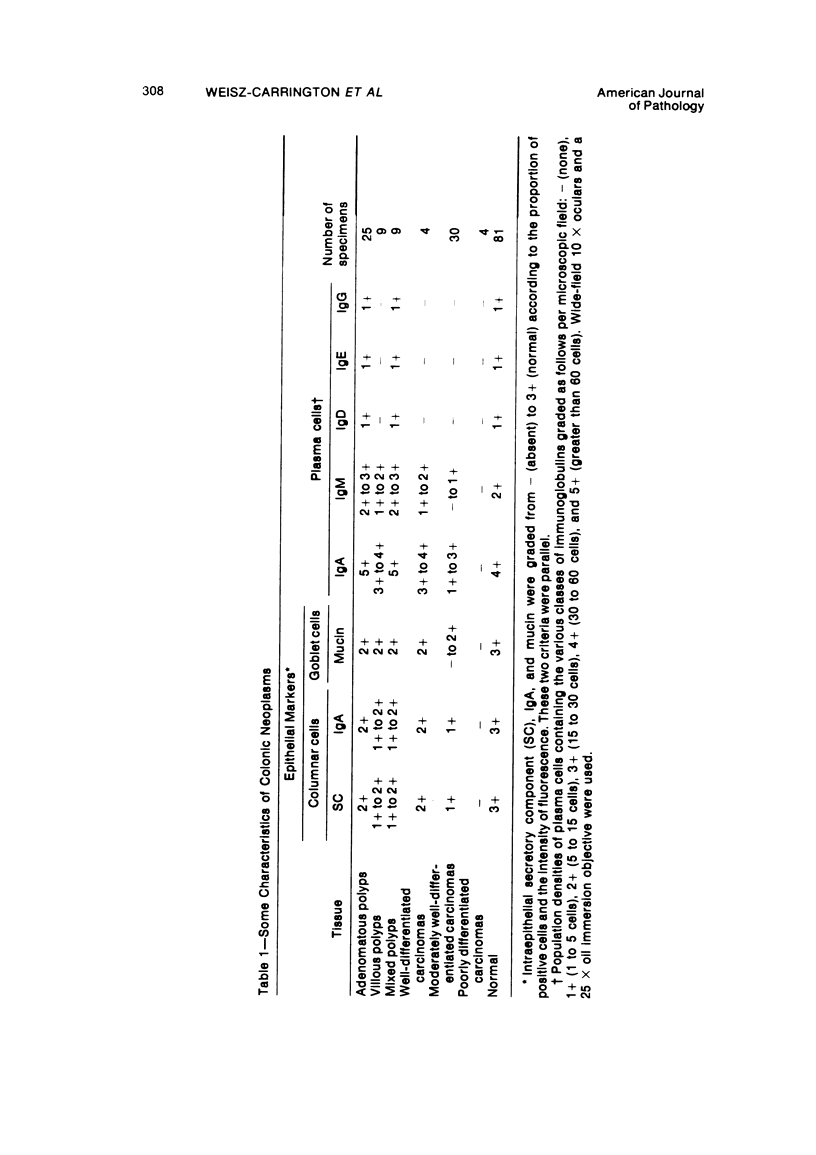
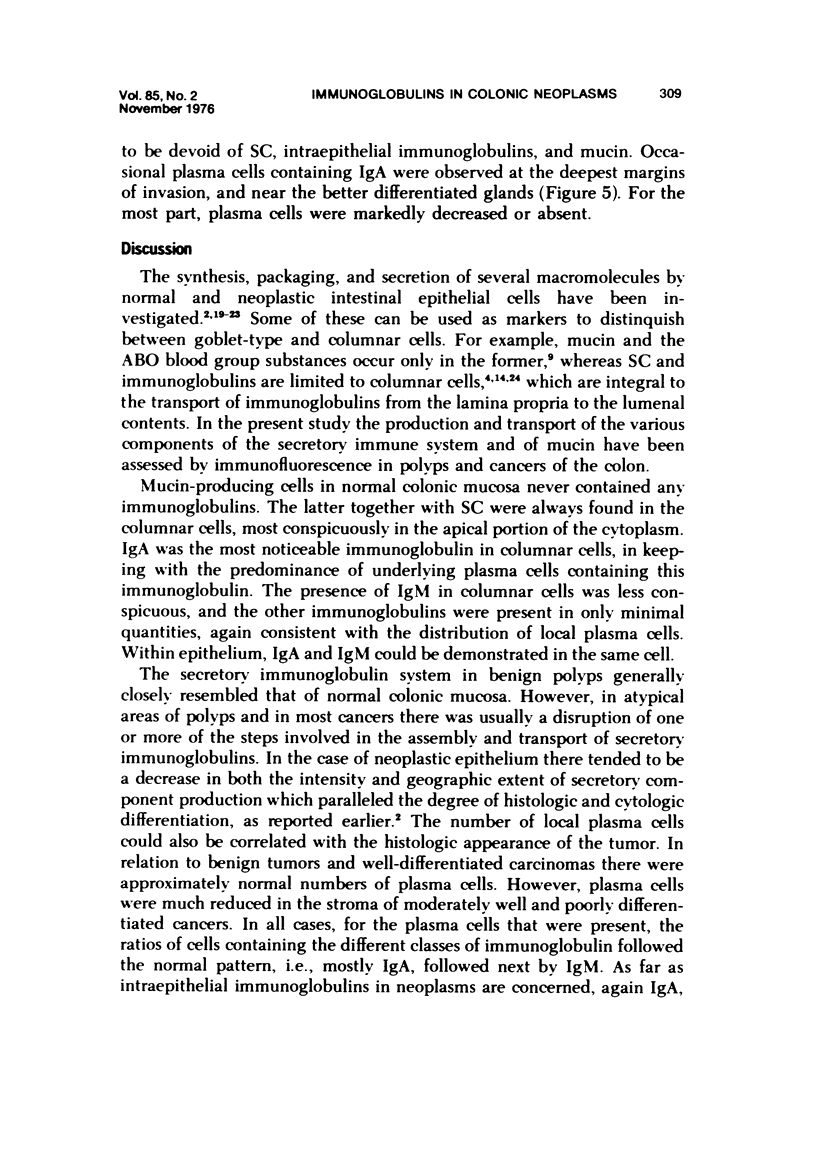
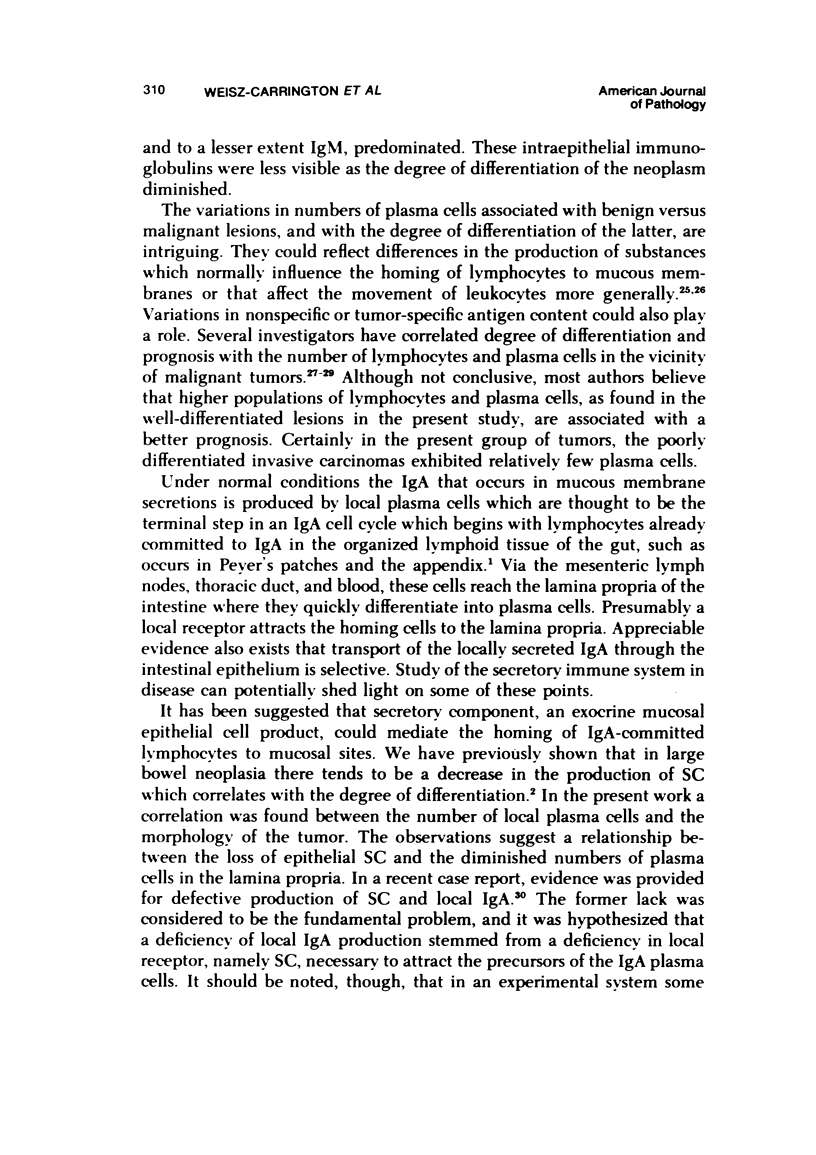
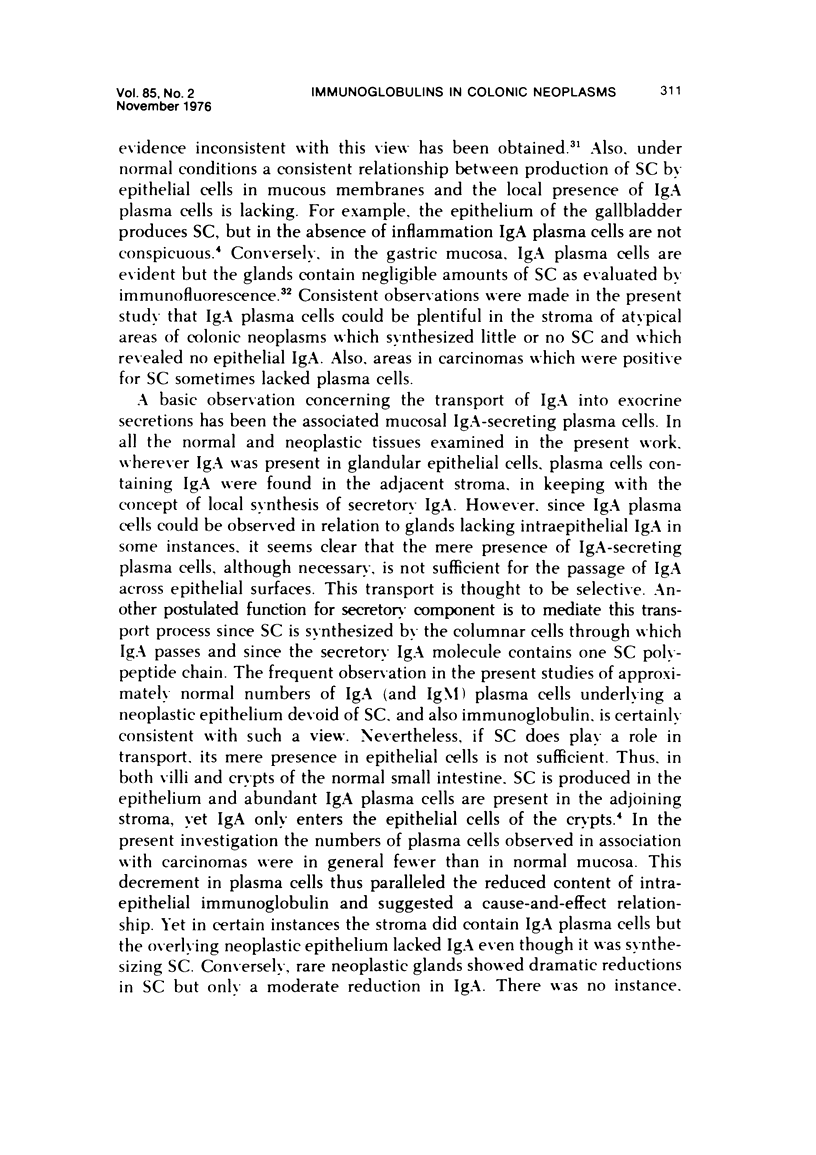
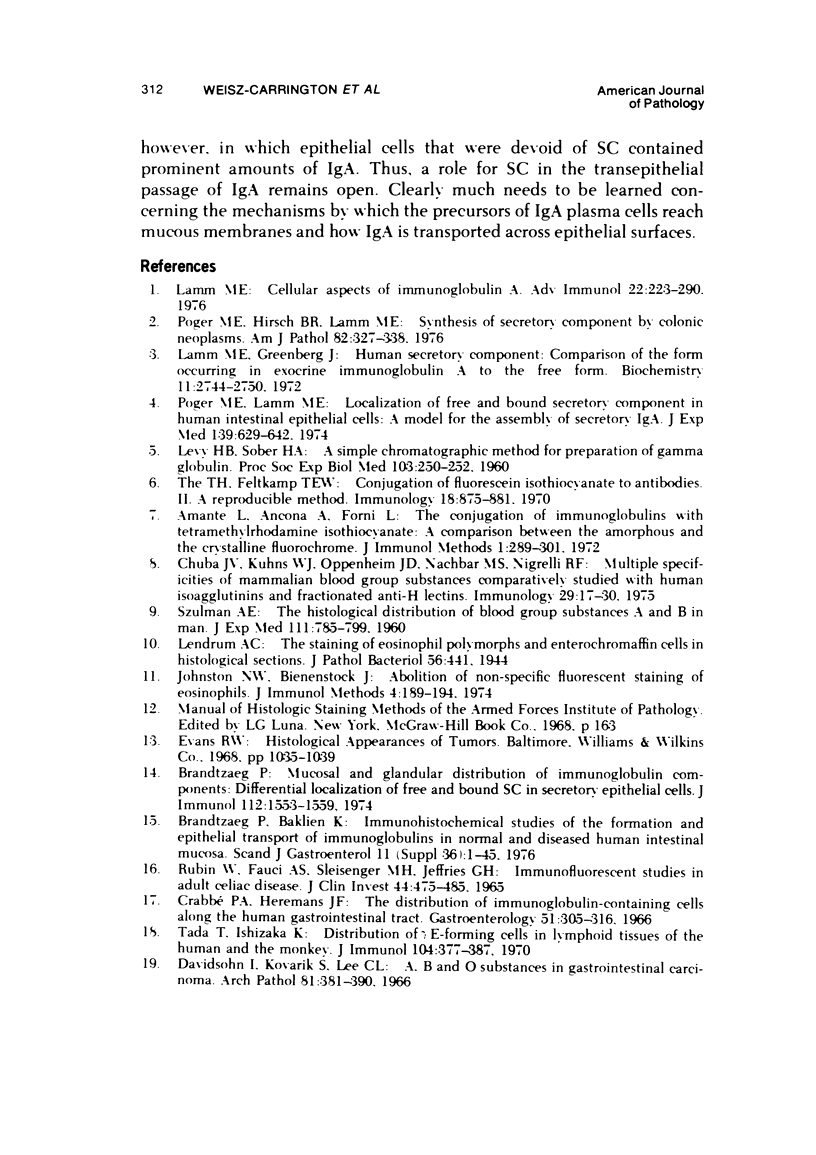
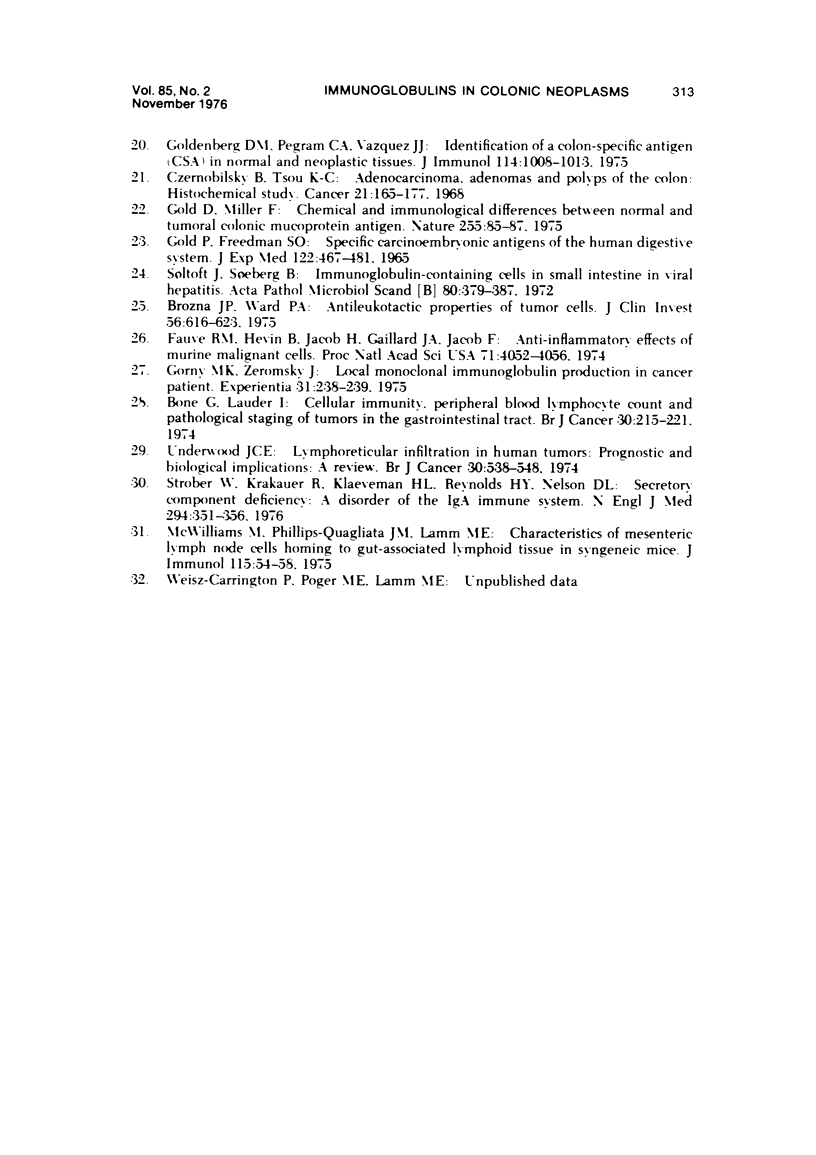
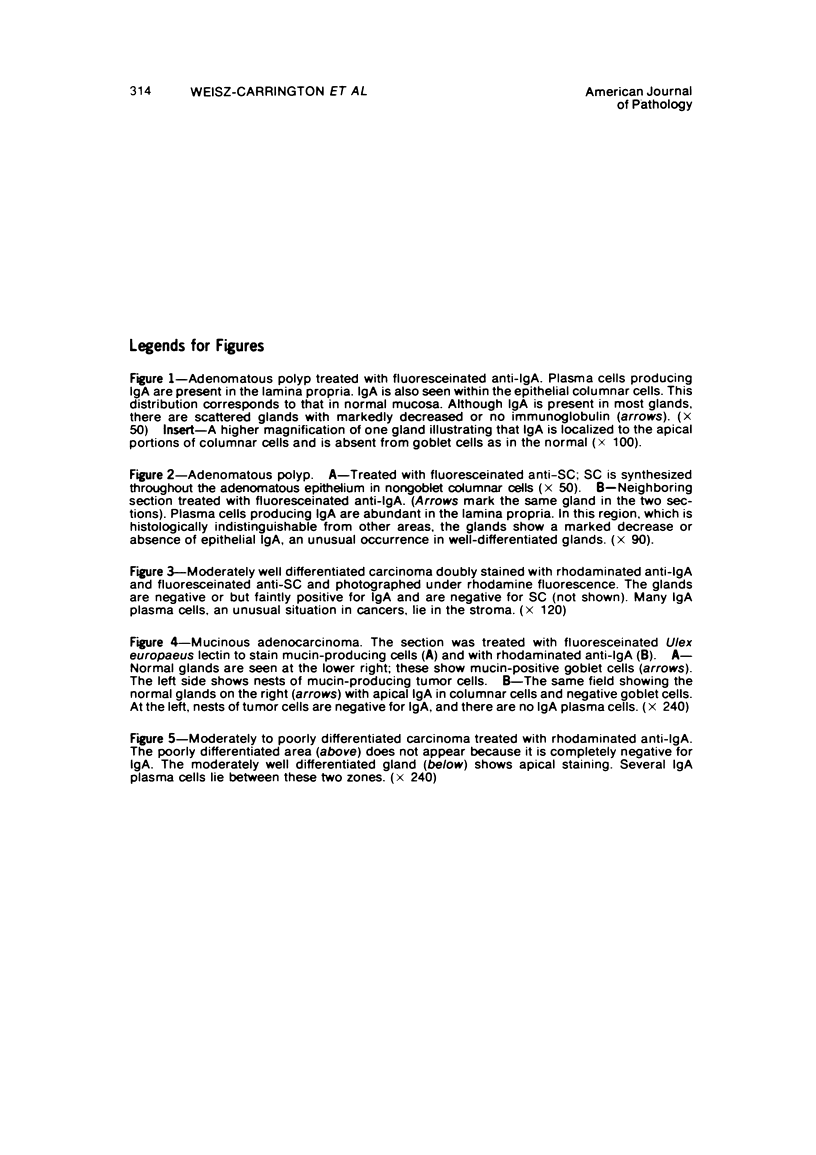
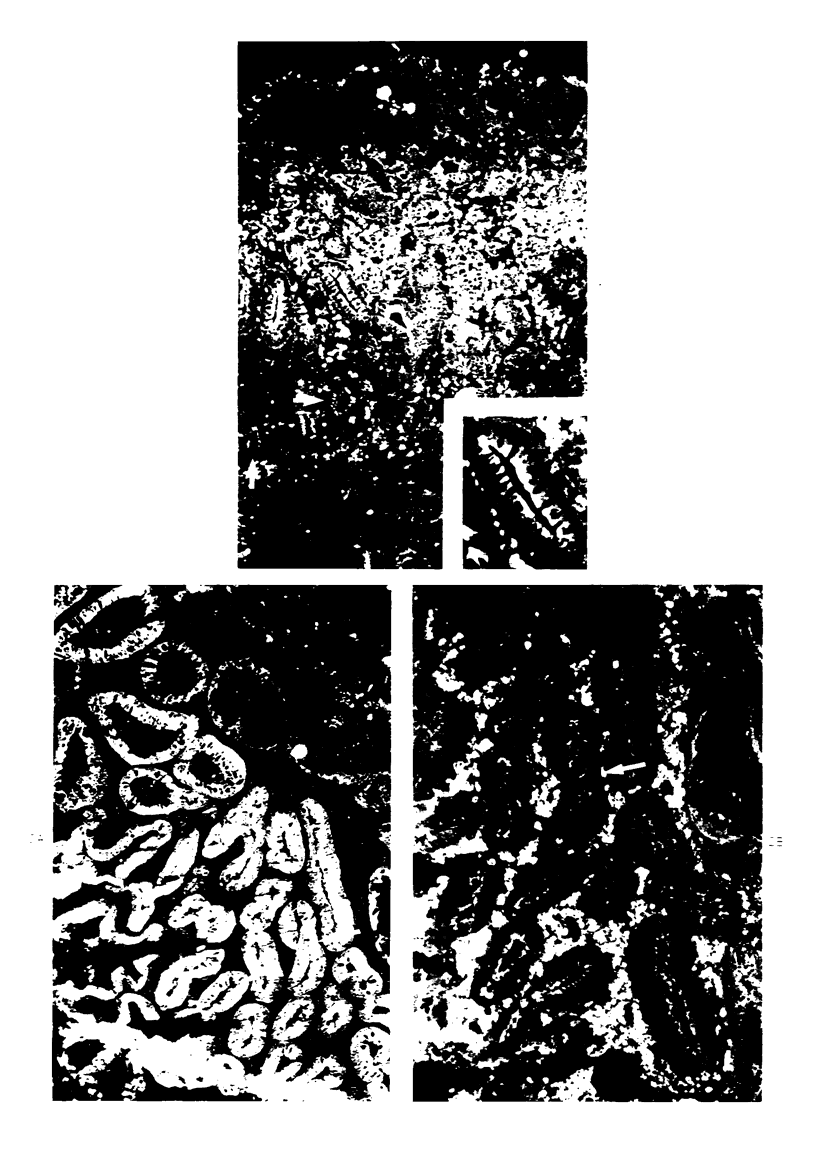
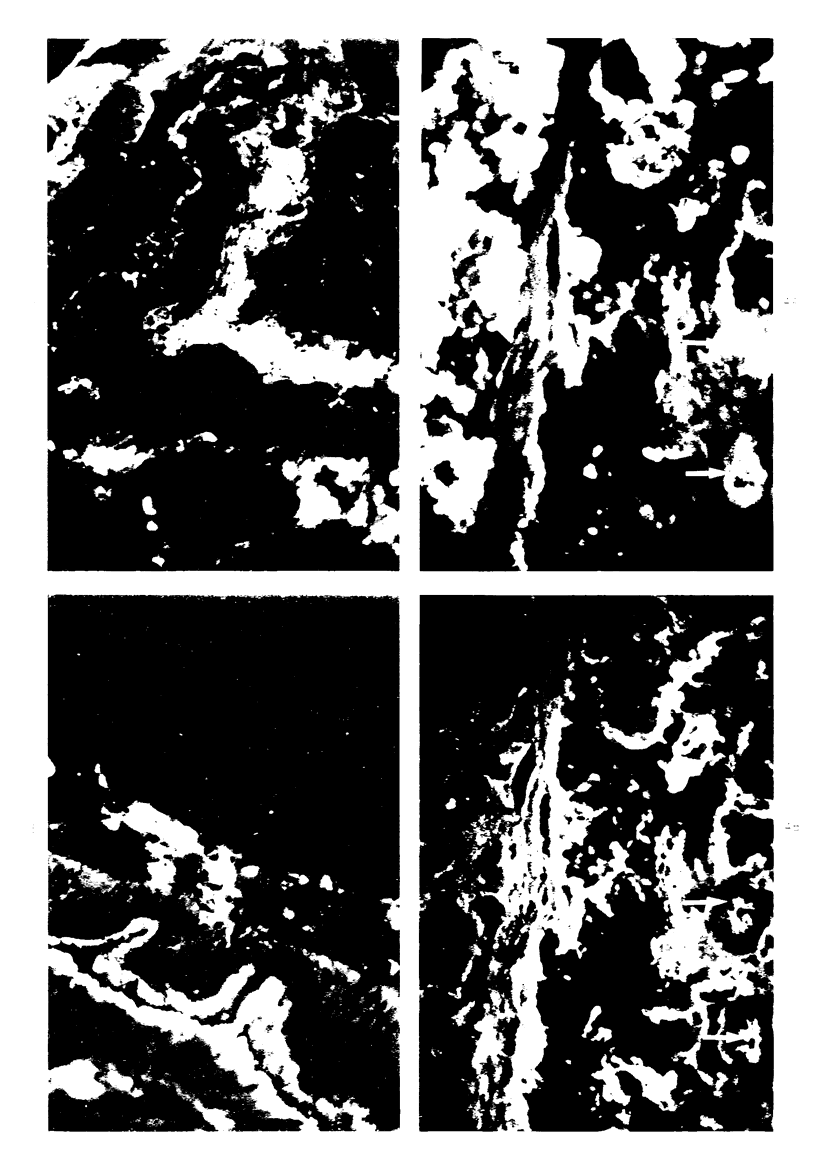
Images in this article
Selected References
These references are in PubMed. This may not be the complete list of references from this article.
- Amante L., Ancona A., Forni L. The conjugation of immunoglobulins with tetramethylrhodamine isothiocyanate. A comparison between the amorphous and the crystalline fluorochrome. J Immunol Methods. 1972 May;1(3):289–301. doi: 10.1016/0022-1759(72)90006-3. [DOI] [PubMed] [Google Scholar]
- Bone G., Lauder I. Cellular immunity, peripheral blood lymphocyte count and pathological staging of tumours in the gastrointestinal tract. Br J Cancer. 1974 Sep;30(3):215–221. doi: 10.1038/bjc.1974.184. [DOI] [PMC free article] [PubMed] [Google Scholar]
- Brandtzaeg P., Baklien K. Immunohistochemical studies of the formation and epithelial transport of immunoglobulins in normal and diseased human intestinal mucosa. Scand J Gastroenterol Suppl. 1976;36:1–45. [PubMed] [Google Scholar]
- Brozna J. P., Ward P. A. Antileukotactic properties of tumor cells. J Clin Invest. 1975 Sep;56(3):616–623. doi: 10.1172/JCI108131. [DOI] [PMC free article] [PubMed] [Google Scholar]
- Chuba J. V., Kuhns W. J., Oppenheim J. D., Nachbar M. S., Nigrelli R. F. Multiple specificities of mammalian blood group substances comparatively studied with human isoagglutinins and fractionated anti-H lectins. Immunology. 1975 Jul;29(1):17–30. [PMC free article] [PubMed] [Google Scholar]
- Crabbé P. A., Heremans J. F. The distribution of immunoglobulin-containing cells along the human gastrointestinal tract. Gastroenterology. 1966 Sep;51(3):305–316. [PubMed] [Google Scholar]
- Czernobilsky B., Tsou K. C. Adenocarcinoma, adenomas and polyps of the colon. Histochemical study. Cancer. 1968 Feb;21(2):165–177. doi: 10.1002/1097-0142(196802)21:2<165::aid-cncr2820210202>3.0.co;2-e. [DOI] [PubMed] [Google Scholar]
- Davidsohn I., Kovarik S., Lee C. L. A, B, and O substances in gastrointestinal carcinoma. Arch Pathol. 1966 May;81(5):381–390. [PubMed] [Google Scholar]
- Fauve R. M., Hevin B., Jacob H., Gaillard J. A., Jacob F. Antiinflammatory effects of murine malignant cells. Proc Natl Acad Sci U S A. 1974 Oct;71(10):4052–4056. doi: 10.1073/pnas.71.10.4052. [DOI] [PMC free article] [PubMed] [Google Scholar]
- Gold D., Miller F. Chemical and immunological differences between normal and tumoral colonic mucoprotein antigen. Nature. 1975 May 1;255(5503):85–87. doi: 10.1038/255085a0. [DOI] [PubMed] [Google Scholar]
- Gold P., Freedman S. O. Specific carcinoembryonic antigens of the human digestive system. J Exp Med. 1965 Sep 1;122(3):467–481. doi: 10.1084/jem.122.3.467. [DOI] [PMC free article] [PubMed] [Google Scholar]
- Goldenberg D. M., Pegram C. A., Vazquez J. J. Identification of a colon-specific antigen (CSA) in normal and neoplastic tissues. J Immunol. 1975 Mar;114(3):1008–1013. [PubMed] [Google Scholar]
- Johnston N. W., Bienenstock J. Abolition of non-specific fluorescent staining of eosinophils. J Immunol Methods. 1974 Mar;4(2):189–194. doi: 10.1016/0022-1759(74)90060-x. [DOI] [PubMed] [Google Scholar]
- LEVY H. B., SOBER H. A. A simple chromatographic method for preparation of gamma globulin. Proc Soc Exp Biol Med. 1960 Jan;103:250–252. doi: 10.3181/00379727-103-25476. [DOI] [PubMed] [Google Scholar]
- Lamm M. E. Cellular aspects of immunoglobulin A. Adv Immunol. 1976;22:223–290. doi: 10.1016/s0065-2776(08)60550-7. [DOI] [PubMed] [Google Scholar]
- Lamm M. E., Greenberg J. Human secretory component. Comparison of the form occurring in exocrine immunoglobulin A to the free form. Biochemistry. 1972 Jul 18;11(15):2744–2750. doi: 10.1021/bi00765a002. [DOI] [PubMed] [Google Scholar]
- McWilliams M., Phillips-Quagliata J. M., Lamm M. E. Characteristics of mesenteric lymph node cells homing to gut-associated lymphoid tissue in syngeneic mice. J Immunol. 1975 Jul;115(1):54–58. [PubMed] [Google Scholar]
- Poger M. E., Hirsch B. R., Lamm M. E. Synthesis of secretory component by colonic neoplasms. Am J Pathol. 1976 Feb;82(2):327–338. [PMC free article] [PubMed] [Google Scholar]
- Poger M. E., Lamm M. E. Localization of free and bound secretory component in human intestinal epithelial cells. A model for the assembly of secretory IgA. J Exp Med. 1974 Mar 1;139(3):629–642. doi: 10.1084/jem.139.3.629. [DOI] [PMC free article] [PubMed] [Google Scholar]
- RUBIN W., FAUCI A. S., MARVIN S. F., SLEISENGER M. H., JEFRIES G. H. IMMUNOFLUORESCENT STUDIES IN ADULT CELIAC DISEASE. J Clin Invest. 1965 Mar;44:475–485. doi: 10.1172/JCI105161. [DOI] [PMC free article] [PubMed] [Google Scholar]
- SZULMAN A. E. The histological distribution of blood group substances A and B in man. J Exp Med. 1960 Jun 1;111:785–800. doi: 10.1084/jem.111.6.785. [DOI] [PMC free article] [PubMed] [Google Scholar]
- Soltoft J., Soeberg B. Immunoglobulin-containing cells in the small intestine in viral hepatitis. Acta Pathol Microbiol Scand B Microbiol Immunol. 1972;80(3):379–387. [PubMed] [Google Scholar]
- Strober W., Krakauer R., Klaeveman H. L., Reynolds H. Y., Nelson D. L. Secretory component deficiency. A disorder of the IgA immune system. N Engl J Med. 1976 Feb 12;294(7):351–356. doi: 10.1056/NEJM197602122940701. [DOI] [PubMed] [Google Scholar]
- Tada T., Ishizaka K. Distribution of gamma E-forming cells in lymphoid tissues of the human and monkey. J Immunol. 1970 Feb;104(2):377–387. [PubMed] [Google Scholar]
- The T. H., Feltkamp T. E. Conjugation of fluorescein isothiocyanate to antibodies. II. A reproducible method. Immunology. 1970 Jun;18(6):875–881. [PMC free article] [PubMed] [Google Scholar]



